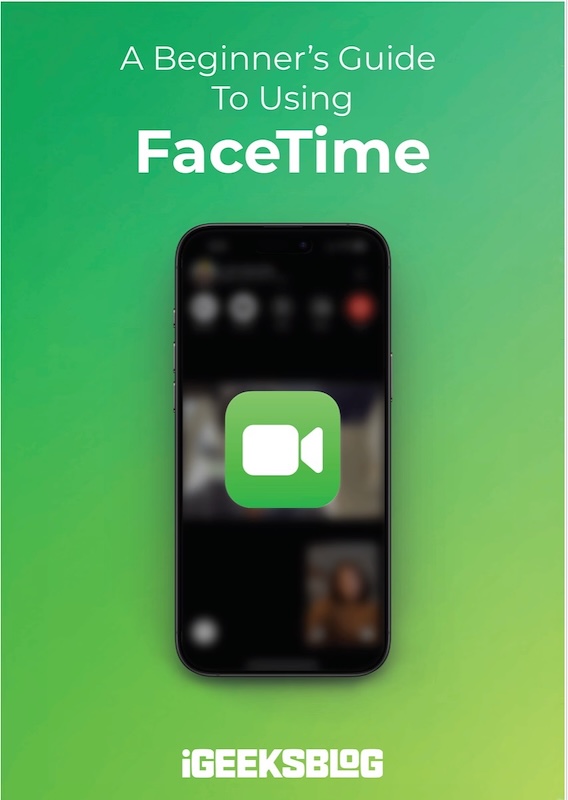
FaceTime Like a Pro
Get our exclusive Ultimate FaceTime Guide 📚 — absolutely FREE when you sign up for our newsletter below.

FaceTime Like a Pro
Get our exclusive Ultimate FaceTime Guide 📚 — absolutely FREE when you sign up for our newsletter below.
Explore ChargerLAB’s tests showing the iPhone Air’s peak at 18-19W, and why slower charging might be better for your battery life.
The iPhone Air has been put through ChargerLAB’s USB-C charging speed tests, and the results confirm what many expected: Apple’s lighter iPhone charges slower than its iPhone 17 siblings. But while the raw numbers may not excite power users, the slower pace has its own advantages for everyday battery health.
ChargerLAB’s testing showed that the iPhone Air peaks at around 18W to 19W charging speeds when connected to Apple’s USB-C chargers. That’s notably lower than the standard iPhone 17, which can hit 27W to 28W, and the iPhone 17 Pro Max, which peaks at around 36W with higher-wattage adapters.
Apple officially says the iPhone Air can go from 0 to 50% in 30 minutes with a 20W or higher USB-C charger. By contrast, the iPhone 17 lineup (standard and Pro models) can reach the same 50% charge in about 20 minutes. That 10-minute gap highlights the Air’s slower charging design.
| Model | Peak USB-C Charging Speed | 0–50% Charge Time |
|---|---|---|
| iPhone Air | 18W–19W | ~30 minutes |
| iPhone 17 | 27W–28W | ~20 minutes |
| iPhone 17 Pro Max | ~36W | ~20 minutes |
Slower charging might sound like a downgrade, but it comes with a hidden benefit: reduced heat. High-wattage charging often generates extra warmth, which can degrade long-term battery health. By limiting the peak power draw, the iPhone Air keeps charging cooler, which could mean fewer battery issues over time for everyday users.
Tests confirm that the iPhone Air supports Apple’s wide lineup of USB-C adapters, but unlike the Pro models, it won’t make full use of chargers beyond 20W. That means whether you plug it into a 29W, 61W, or even Apple’s 140W adapter, it will still peak around the 18W to 19W range.
As always, the cable matters too. Apple notes that users need a proper USB-C cable capable of power delivery. The one included in the box is fully compatible, but cheaper third-party cables may not support fast charging.
Looking at Apple’s 2025 lineup, the iPhone Air is clearly tuned for efficiency rather than speed. The Pro Max boasts the highest charging peak at 36W, the standard iPhone 17 balances performance at around 27W, and the Air takes the conservative route with sub-20W charging. It’s a compromise that reflects the Air’s positioning: a lighter, more affordable model that favors longevity over top-end specs.
For buyers, the key takeaway is simple—don’t expect lightning-fast top-ups like on the Pro models. But if you value long-term battery health and don’t mind waiting a bit longer at the wall, the iPhone Air delivers steady, reliable charging that should keep its battery healthier for years to come.